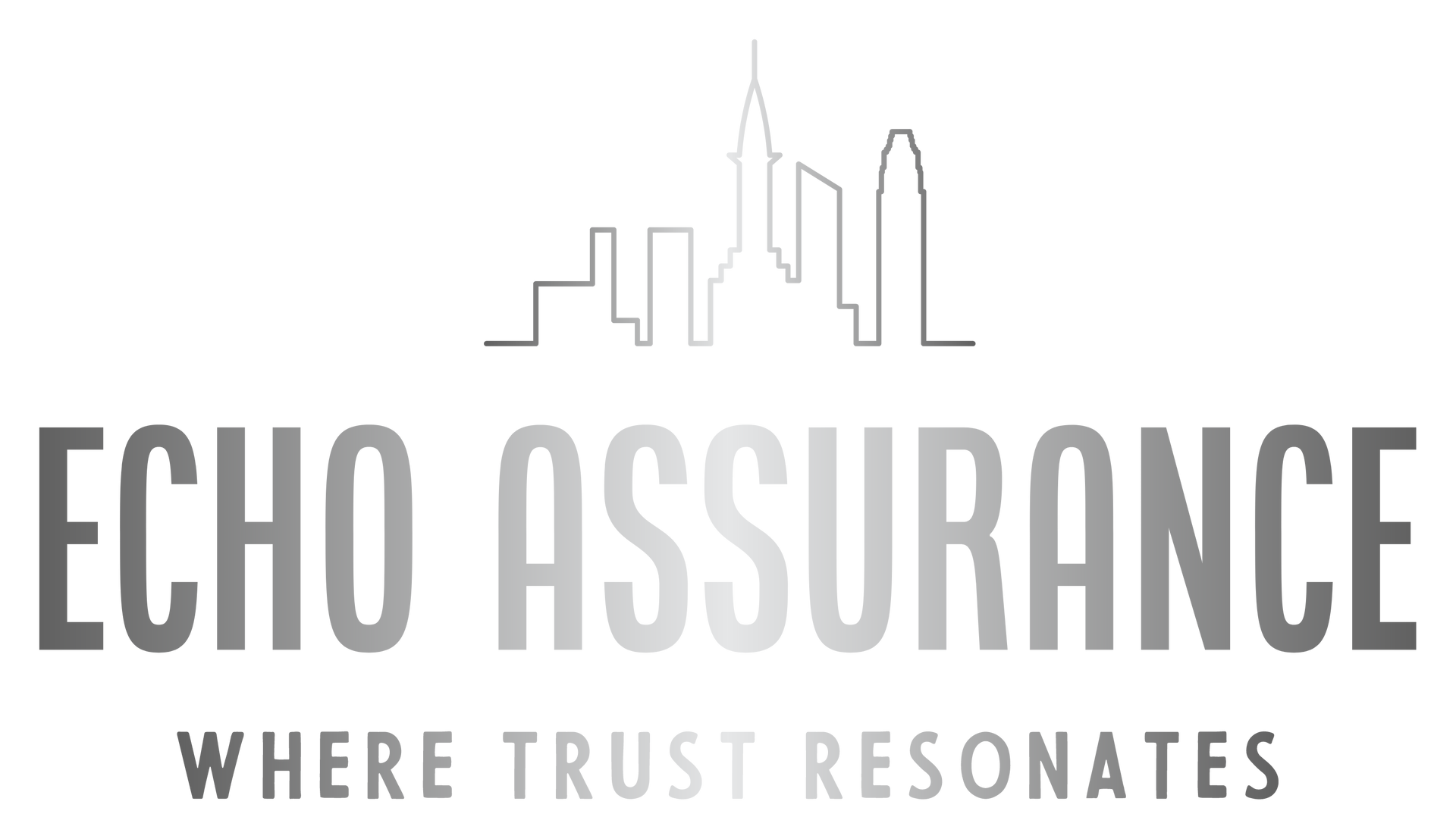4800 Meadows Rd
Suite 300
Lake Oswego, OR 97035
Ph: 541.658.2469


Even experienced senior living operators — working with reputable brokers — can end up dangerously under protected in their senior care business insurance. This isn’t because the brokers are negligent, but because the senior living industry’s risk profile is complex, dynamic, and uniquely exposed to multi-trigger claim scenarios.
Policies that appear “comprehensive” on the surface often contain carve-outs, sub-limits, exclusions, and conflicting definitions that leave operators with multimillion-dollar uncovered losses. This problem is compounded in hard insurance markets where carriers are quietly tightening language during renewals.
For operators managing multi-location portfolios, the stakes are higher: a single unaddressed coverage gap can wipe out reserve capital, jeopardize licensing, and erode stakeholder trust.
Below, we break down seven advanced risk gaps that even seasoned brokers sometimes miss — and the strategic moves you can make to close them.
Many senior living operators believe they have $5M or $10M in liability coverage, only to discover — after an incident — that abuse & molestation (A&M) claims are subject to separate sub-limits, often as low as $100K–$500K.
Given that jury verdicts in A&M cases can exceed $20M–$50M, these sub-limits are catastrophic. The danger is compounded when policies bury these sub-limits deep in endorsements, where they’re overlooked during renewal reviews.
Insist on per-location blanket limits rather than shared aggregate across the portfolio.
Request manuscripted endorsements that integrate A&M coverage into the full Primary & excess liability limit.
Require explicit location-based aggregate limits to prevent one facility’s claim from eroding another’s coverage.
Push for no defense cost erosion within A&M limits — a detail that can preserve millions.
Post-2020, most carriers introduced communicable disease exclusions. The problem is that these are often worded broadly, excluding liability for any illness transmission, not just pandemics. This can apply to norovirus, MRSA, influenza, and Legionella — all common risks in senior living.
A common trap: operators believe “disease coverage” is restored via a small sub-limit endorsement, but it may only apply to defense costs and not indemnity payments.
Consider specialty markets offering disease-specific coverage, especially for skilled nursing.
Negotiate coverage triggers tied to negligence, not mere presence of a pathogen.
For large portfolios, layered stand-alone disease coverage can be built with excess markets for catastrophic events.
Senior living operators often outsource laundry, food service, and medical supply contracts. If a key supplier suffers a loss, your facility operations can grind to a halt. Without CBI coverage, lost revenue and extra expense claims will be denied.
Many CBI extensions in property policies only apply to “direct physical loss” to a named supplier — a definition that excludes disruptions from strikes, cyberattacks, or utility failures affecting care facilities.
A recurring issue in senior living claims is coverage disputes between GL and PL carriers. Example: A resident falls during an activity session supervised by a nurse — is this a bodily injury under GL or negligence under PL?
If the incident sits in the “gap zone” between the policies, both carriers may deny.
Use a single carrier for both GL and PL where possible. If using separate carriers, negotiate cross-endorsements removing the “other coverage” escape clauses. Consider combined occurrence forms for facilities with high blended risk exposures.
State health departments can impose civil monetary penalties (CMPs) or suspend admissions following deficiencies. Standard policies exclude fines and penalties — meaning you could lose millions in revenue during an admissions freeze.
Look for carriers offering regulatory defense and proceedings coverage.
Negotiate coverage for loss of revenue due to state-imposed closures.
For multi-state operators, ensure coverage is compliant with the strictest jurisdiction in your care facilities footprint.
With the adoption of AI-powered fall detection, remote monitoring, and electronic health records (EHR), operators face new liability vectors:
If your cyber policy only covers data breaches, it may exclude AI operational failures.
In layered liability programs, disputes over whether the SIR has been “exhausted” can delay coverage by months.
Disagreements often arise when defense costs erode SIR unexpectedly, leaving operators funding millions in legal bills mid-claim.
Carriers are incorporating Environmental, Social, and Governance (ESG) factors for senior living facilities metrics into underwriting. Poor scores in resident satisfaction, staff turnover, or regulatory compliance could result in non-renewals or higher premiums.
Medical malpractice verdicts are growing due to social inflation and shifting jury attitudes. A claim that would settle for $1M in 2015 may now cost $5M–$10M — demanding higher umbrella limits and/or excess layers with broader follow-form terms.
Well-capitalized operators can form captives to retain predictable layers of risk while purchasing excess reinsurance for catastrophic loss protection.
Parametric triggers (e.g., wind speed, earthquake magnitude) can provide rapid liquidity post-disaster without lengthy claims adjustment battles.
A resident’s heat stroke during a power outage was denied because the policy defined bodily injury as “resulting from accidental means” — the carrier argued negligence during heat exposure was not an “accident.”
Lesson: Audit all core definitions against realistic loss scenarios.
An abuse claim at a flagship facility exceeded the sub-limit, but a manuscripted per-location A&M endorsement provided the full $10M limit.
Lesson: Endorsements aren’t just “add-ons” — they can be deal-breakers in catastrophic claims related to assisted living and nursing homes.
For senior living executives, the goal isn’t just to buy insurance — it’s to ensure policies perform under real-world claim conditions. That means proactively negotiating terms, understanding nuanced exclusions, and stress-testing coverage against plausible high-dollar scenarios.
In a sector where reputational damage can be as costly as the claim itself, the smartest operators treat insurance as an active risk management tool — not a passive purchase order.